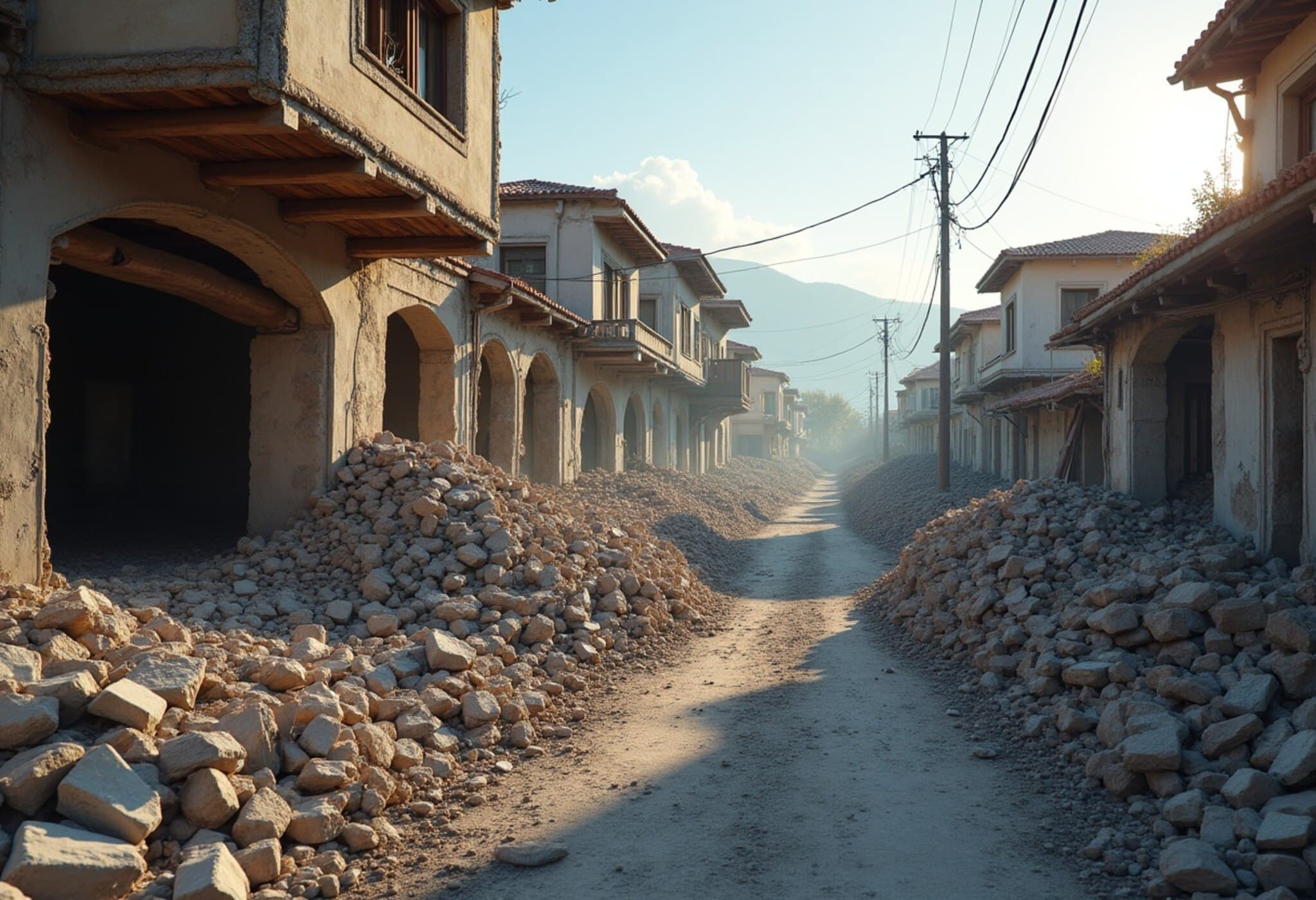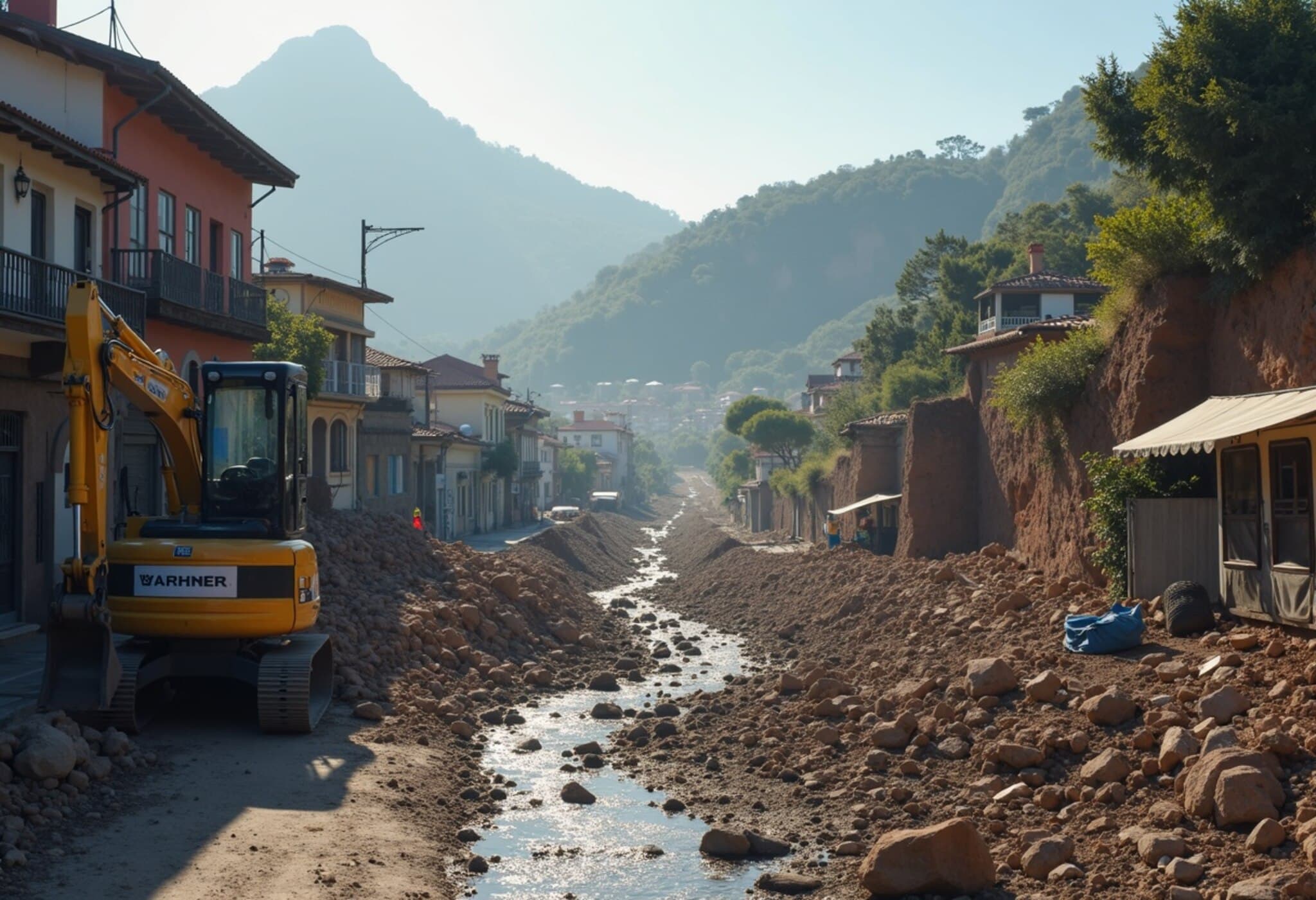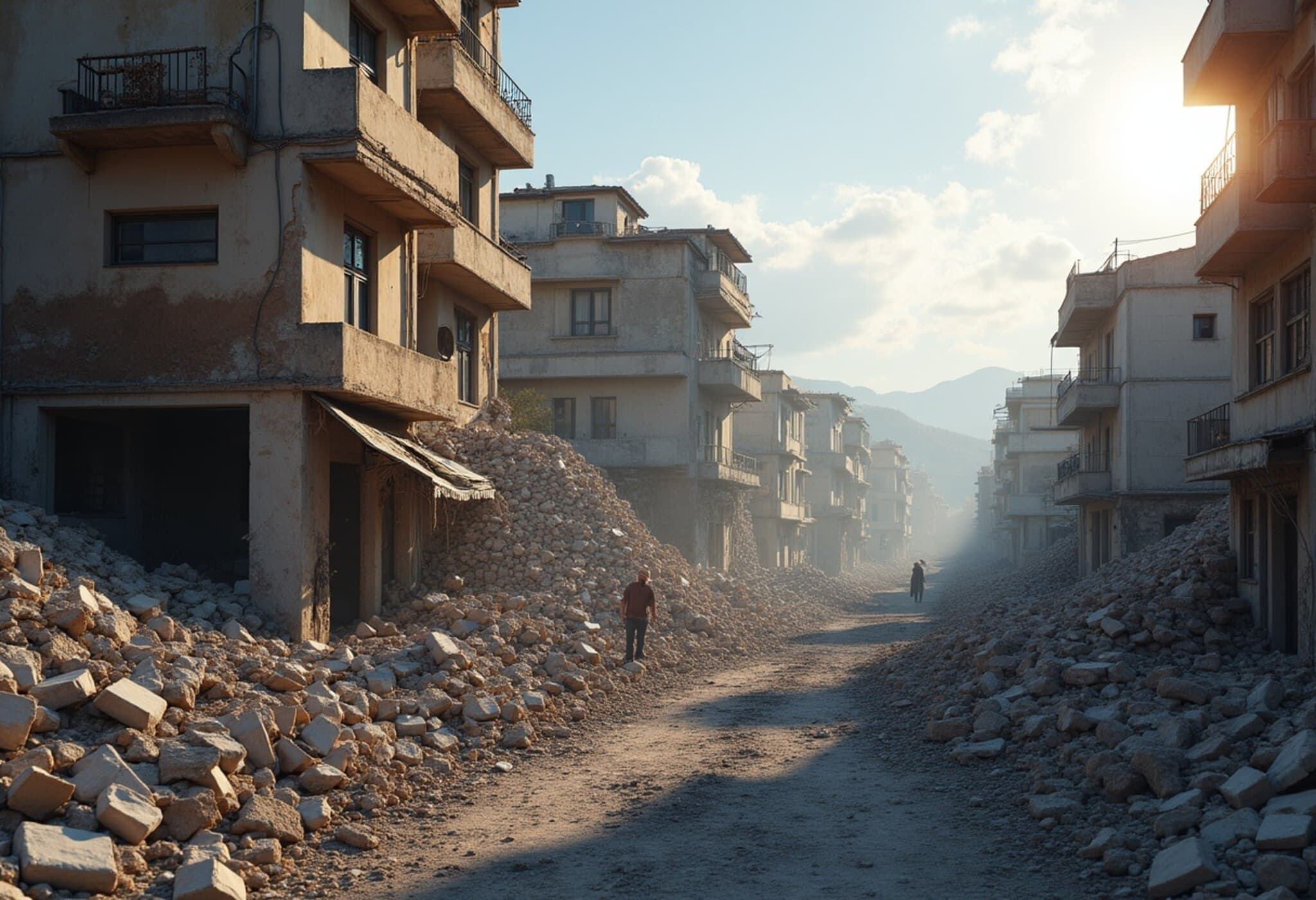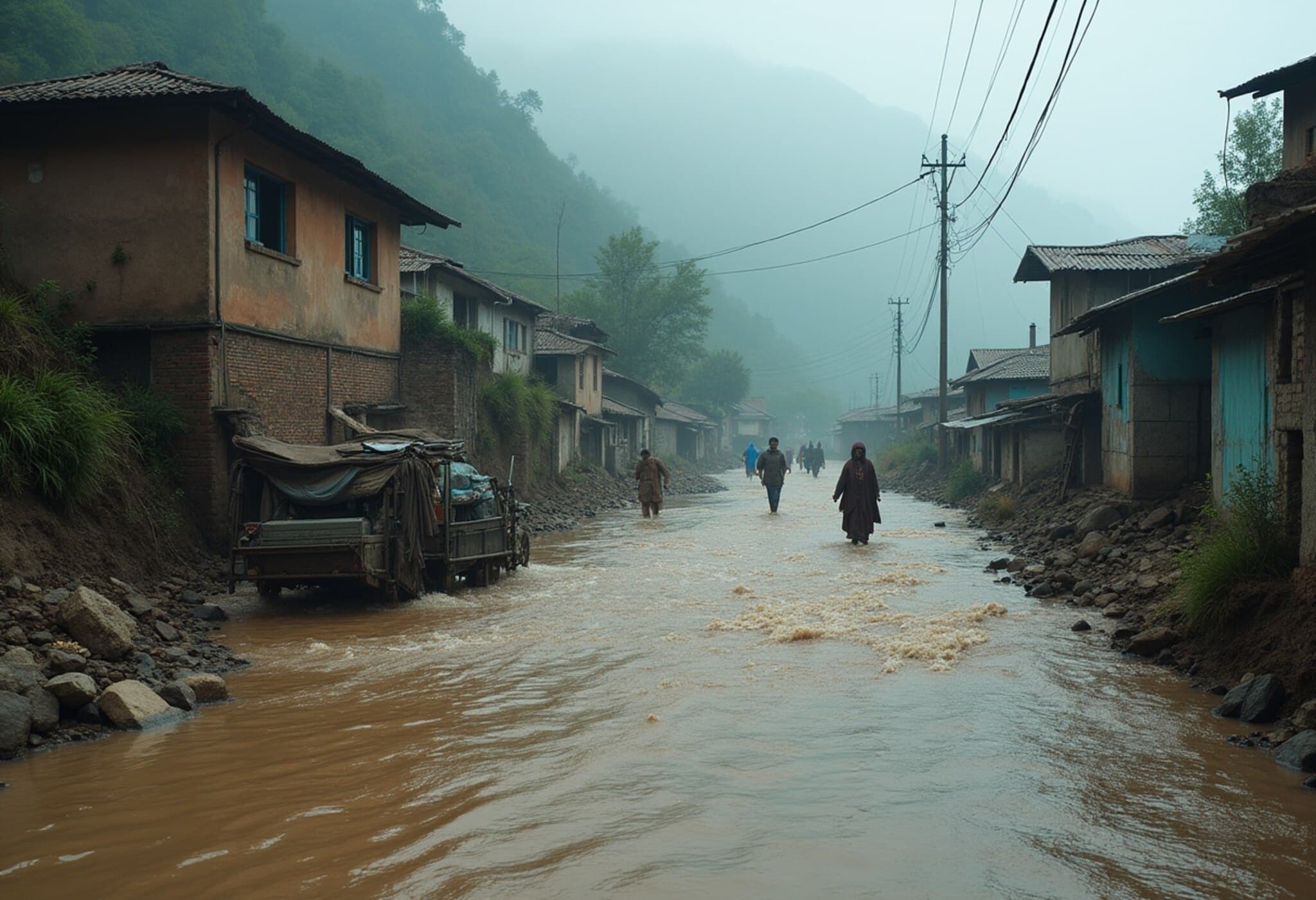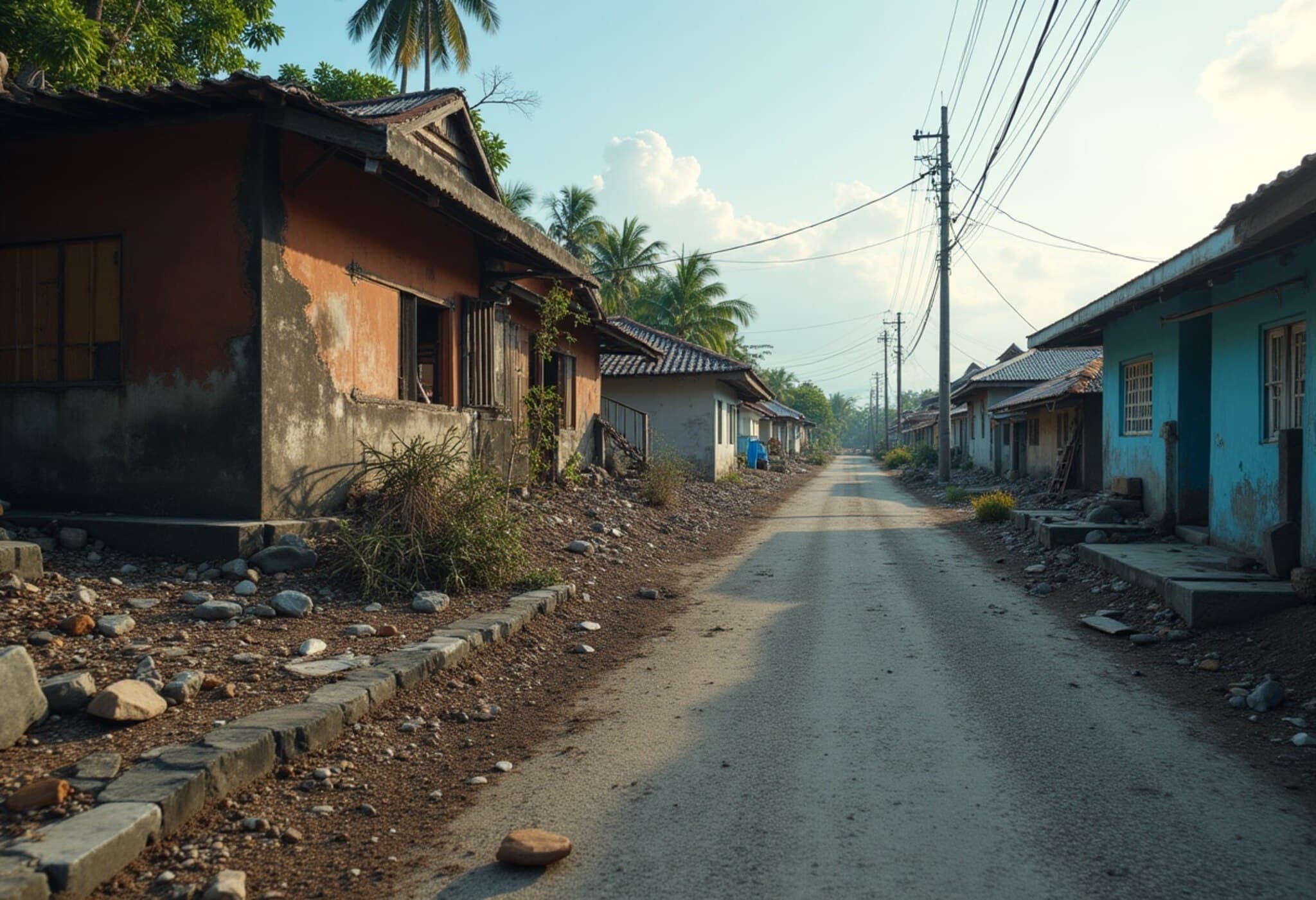7.3-Magnitude Earthquake Rattles Alaska’s Coastline
On a calm Wednesday afternoon, a significant seismic event shook the remote coastal regions of Alaska, as a 7.3-magnitude earthquake struck approximately 54 miles south of Sand Point. The tremor, registered by the US Geological Survey (USGS) at 12:37 p.m. local time (20:37 GMT), had its epicenter located at a shallow depth of just 20.1 kilometers beneath the Pacific seabed.
Tsunami Warning Issued for South Alaska and Alaska Peninsula
Following the earthquake, the National Tsunami Warning Center (NTWC) promptly issued a tsunami warning for South Alaska and the Alaska Peninsula. The alert covers the expansive coastal stretch—from Kennedy Entrance near Homer extending to Unimak Pass northeast of Unalaska—indicating that some tsunami impacts are anticipated.
"A tsunami has been confirmed, and some impacts are expected," the NTWC stated from their Palmer, Alaska headquarters, emphasizing the need for heightened vigilance among coastal communities and authorities.
Geological Context: Alaska’s Place on the Pacific Ring of Fire
Alaska’s seismic history is shaped by its precarious position along the notorious Pacific Ring of Fire, a volatile stretch of tectonic boundaries famed for frequent and often powerful earthquakes and volcanic activity.
Residents here are no strangers to seismic events, with Alaska recording some of North America’s most devastating quakes. Notably, the 1964 Great Alaska Earthquake measured a staggering 9.2 magnitude—the most powerful ever recorded in North America—which caused widespread destruction in Anchorage and spawned tsunamis that caused damage as far as the US West Coast and Hawaii, claiming over 250 lives.
Recent Tremors and Preparedness Efforts
This quake follows a similarly strong 7.2-magnitude earthquake near the Alaskan Peninsula in July 2023, which did not result in significant damage. Such recurring seismic activity underlines the ongoing challenges Alaska faces in emergency preparedness and infrastructure resilience.
Local and federal agencies continue to emphasize the critical importance of readiness, community education, and robust response systems, especially given the region’s vulnerability to both earthquakes and tsunami hazards.
Looking Ahead: What Does This Mean for Alaskans and Beyond?
Though the immediate threat now centers on tsunami impacts along some coastal areas, experts urge attention to aftershocks and the broader implications for regional infrastructure. Earthquakes of this magnitude can disrupt supply chains, communications, and essential services across remote communities.
Furthermore, this event serves as a stark reminder of the persistent seismic risks in Alaska, advocating for continuous investment in monitoring technology and public awareness campaigns.
Expert Insight
Dr. Laura Beckman, a seismologist at the University of Alaska Fairbanks, notes, "Given Alaska’s geology, events like this are reminders that preparedness isn’t a choice but a necessity. While the warning systems have improved dramatically, local governments and residents must maintain readiness, especially in vulnerable coastal zones."
Editor’s Note
This 7.3-magnitude quake off Alaska’s coast not only highlights the region’s enduring seismic volatility but also poses vital questions about disaster preparedness and government response strategies. How can Alaska improve community resilience amidst inevitable future tremors? And how will emerging technologies aid early warning systems to save lives? As natural hazards persist, these questions demand our continuous attention.


